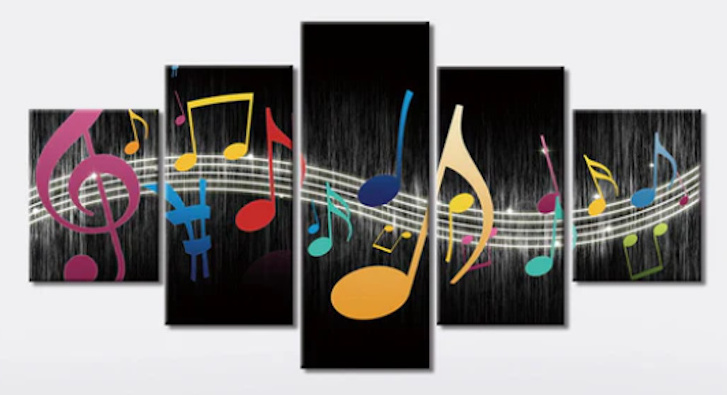
 |
|
|
|
The Evolution of Pop Music: A Journey Through Time: :Reggae: The History of Reggae Music and Its Sub-Genres: Reggae music, originating from Jamaica in the late 1960s, has had a profound impact on global music and culture. It evolved from earlier Jamaican genres such as ska and rocksteady, blending rhythm and blues, jazz, and Caribbean influences. Reggae is characterized by its offbeat rhythm, slow tempo, and socially conscious lyrics. Over the decades, reggae has spawned various subgenres, each contributing to its rich and diverse legacy. Origins and Early Development: Reggae emerged as a distinct genre in Jamaica, deeply influenced by ska and rocksteady. Ska, which originated in the late 1950s, was an upbeat style with a strong brass section and fast tempo. It eventually slowed down in the mid-1960s, transitioning into rocksteady, which placed more emphasis on the bassline and soulful vocals. By the late 1960s, reggae took shape, incorporating syncopated rhythms, political themes, and Rastafarian spirituality. The emergence of reggae was marked by legendary artists such as Bob Marley & The Wailers, Toots and the Maytals, and Jimmy Cliff. The genre's international breakthrough came in the 1970s, largely due to the Marley global appeal and his messages of unity, resistance, and social justice. Major Sub-Genres of Reggae: 1. Roots Reggae Roots reggae, emerging in the 1970s, is deeply connected to Rastafarian beliefs and African heritage. It focuses on themes of spiritual consciousness, oppression, and unity. Artists such as Peter Tosh, Burning Spear, and Culture played significant roles in shaping this subgenre. 2. Dub Reggae Dub reggae, pioneered by producers like King Tubby and Lee "Scratch" Perry, is an experimental offshoot that emerged in the late 1960s and early 1970s. Dub is characterized by heavy use of reverb, echo effects, and stripped-down instrumental tracks. It heavily influenced electronic music and hip-hop production techniques. 3. Dancehall Dancehall, developing in the late 1970s and early 1980s, is a more upbeat and energetic form of reggae with faster rhythms and catchy hooks. It shifted the reggae focus from political messages to themes of partying, love, and social life. Artists like Yellowman, Shabba Ranks, and Beenie Man helped popularize dancehall, which later evolved into modern dancehall with digital production. 4. Reggae Fusion Reggae fusion is a modern evolution of reggae that blends elements of pop, hip-hop, R&B, and electronic music. This subgenre gained prominence in the late 1990s and early 2000s, with artists such as Sean Paul, Damian Marley, and Shaggy leading the movement. It has contributed to the reggae continued global influence. 5. Lovers Rock Lovers rock is a subgenre that emerged in the UK during the 1970s, characterized by romantic themes and softer melodies. It blends the reggae rhythmic foundation with smooth, soulful vocals. Artists like Janet Kay and Maxi Priest helped define the lovers rock sound, which remains popular in reggae circles. Reggae Global Influence The Reggae influence extends far beyond Jamaica. It played a key role in inspiring hip-hop, punk, and electronic music. The Reggae message of resistance and social consciousness resonated with movements for justice worldwide, making it a staple in global music culture. Countries like the UK, Africa, and the US embraced reggae, leading to diverse interpretations of the genre in different cultural contexts. In 2018, UNESCO recognized reggae as an Intangible Cultural Heritage of Humanity, cementing its status as one of the most significant music genres in history. Conclusion Reggae music, with its deep cultural roots and evolving sound, continues to shape and inspire generations of musicians and fans. From the conscious messages of roots reggae to the energetic rhythms of dancehall, reggae remains a vital force in global music, symbolizing unity, resistance, and joy. |
|
|